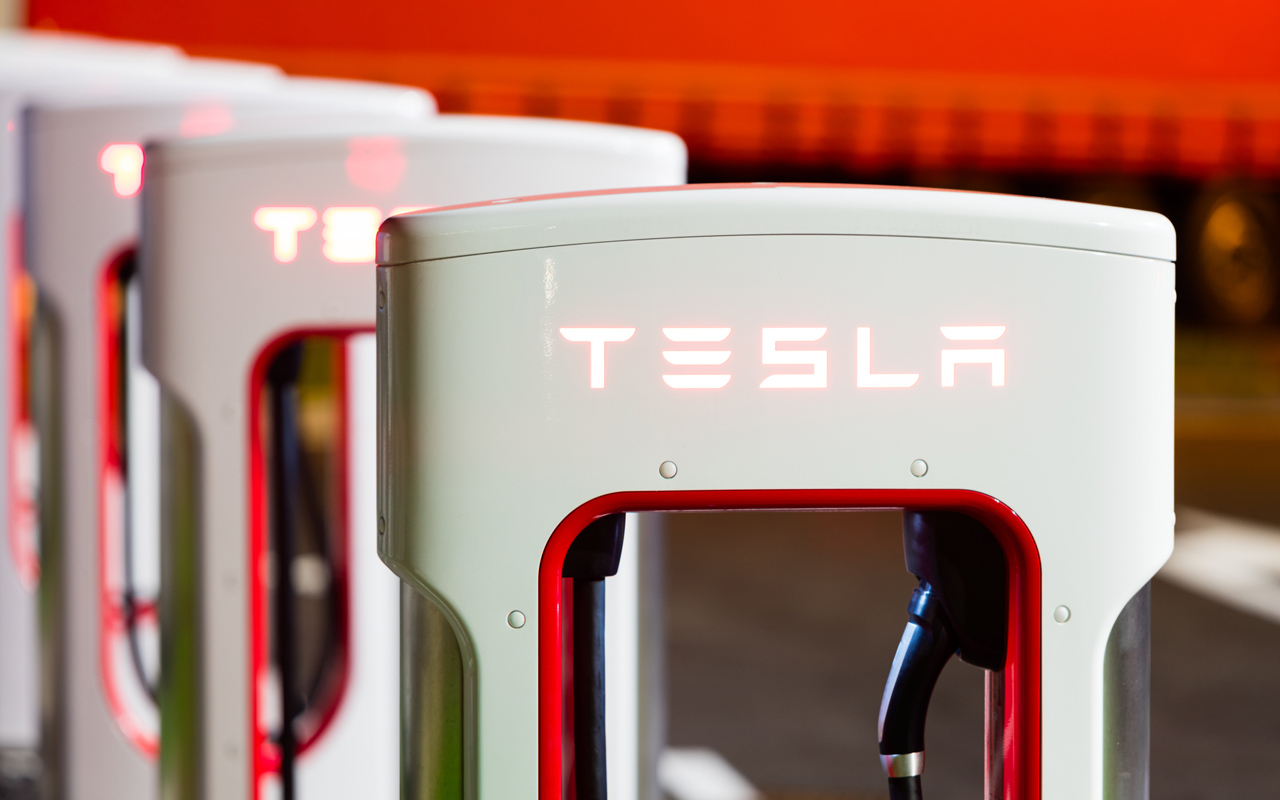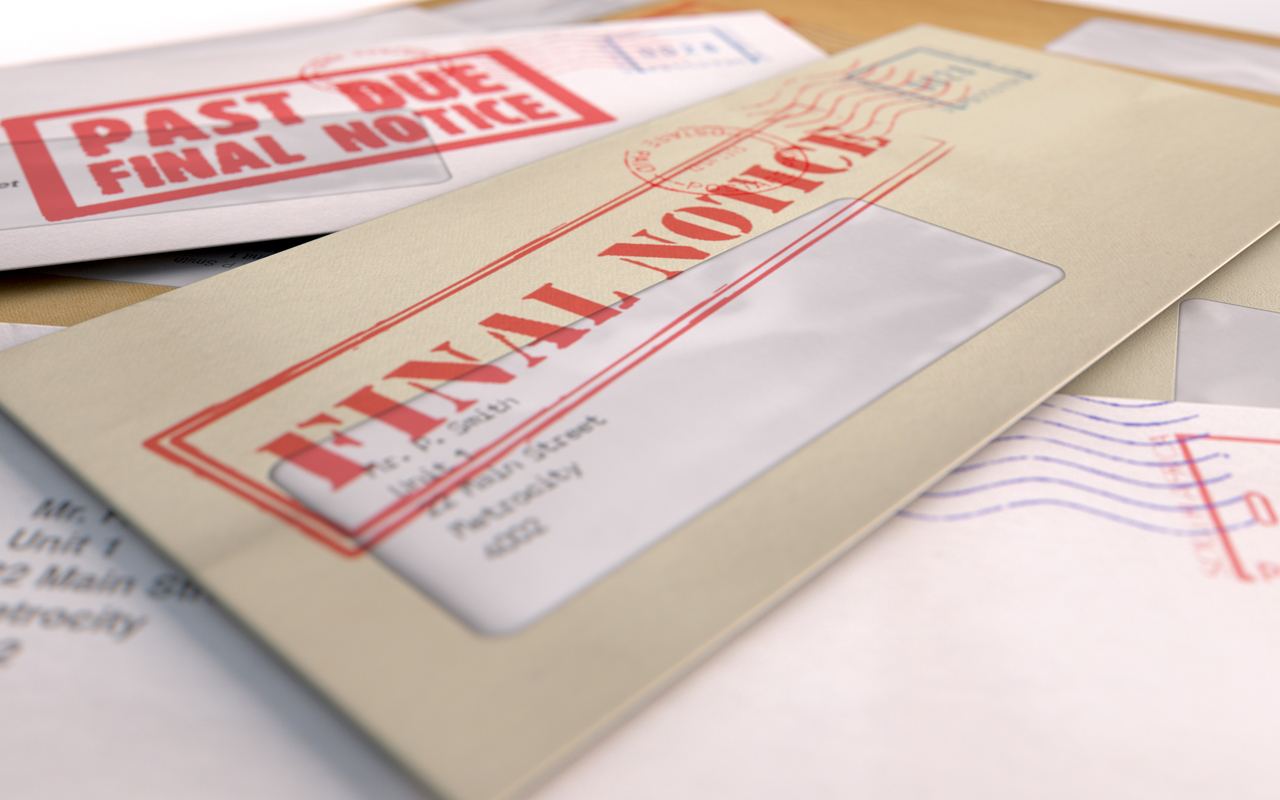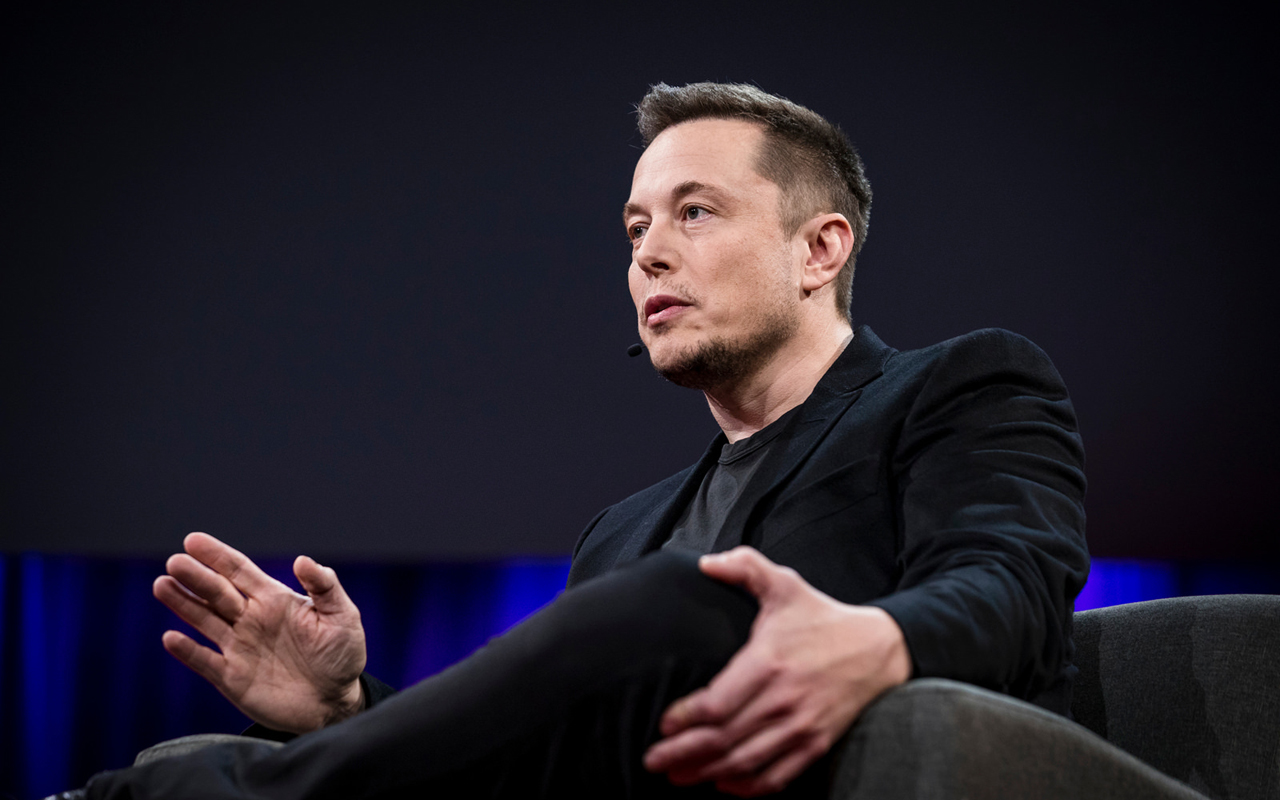7 Tesla (TSLA) Risks That Investors Can’t Ignore
Give credit where it’s due.


Give credit where it’s due. Tesla Inc. (TSLA, $300.84) CEO Elon Musk, through sheer willpower and persistence, has mainstreamed the idea of electric vehicles. EVs were a fringe project taken on by only a handful of organizations a few years ago; now, every major automaker has entered the EV market. Tesla, meanwhile, has become synonymous with this kind of car, and TSLA stock has firmly grabbed Wall Street’s attention.
But Tesla’s journey hasn’t always been pretty. Sometimes, it has been downright ugly. Musk has led Tesla to the EV fore … but also into operational challenges and publicity headaches. He often overpromises and underdelivers. He’s distracted by leading his other companies, Boring and SpaceX.
Never even mind his penchant for getting Tesla ever deeper into debt, and his company’s extreme difficulties in turning a profit.
On the upside, Tesla’s earnings report on Wednesday, Aug. 1, hints that the company and Musk finally are moving in a healthier direction. In his quarterly comments to shareholders, Musk said that in the second half of this year, he expects Tesla “to become both sustainably profitable and cash flow positive.” Wall Street was encouraged, driving TSLA stock almost 10% higher before the next day’s trading commenced.
Here's a look at seven of Tesla’s potential pitfalls that deserve closer inspection. Just one of these issues could prove to be the company’s undoing. A more plausible outcome is that a combination of these impasses slowly chips away at Tesla’s current leadership of the electric vehicle market. If nothing else, even the most ardent bulls should be aware of these factors as potential risks.
Disclaimer
Data is as of Aug. 1, 2018.

Debt
Overwhelming debt can be a company killer. Indeed, it may be the No. 1 concern of investors and corporate managers.
It’s a particularly potent threat to Tesla, however, as the company’s debt load and corresponding interest expense continue to rise, leading the company to ever rising losses. Last quarter, Tesla made $163.6 million worth of interest payments, pushing the company to a record-breaking GAAP loss of $717.6 million for the same quarter.
Debt in and of itself isn’t a death sentence. It takes money to make money, and early investors of Tesla’s bonds and equity knew it was a long-term project. But Tesla’s debt headache may be on the verge of becoming very ugly.
Of the $9.5 billion in long-term debt currently on the books (and $9.1 billion in current liabilities), $230 million of it matures in November, and $920 million expires in March of next year. Tesla has the funds it needs on the books, but that could leave it cash-strapped after last quarter’s cash burn; after paying interest on debt, TSLA had negative free cash flow of $889.9 million, according to S&P Global Market Intelligence. And with Moody’s recently lowering the company’s debt from B2 to B3, new debt becomes even more expensive for Tesla to handle.
If Tesla doesn’t start creating the cash flow that it hinted at in its Q2 report, illiquidity could turn into a debilitating problem.

Operational/Production Trouble
Superficially speaking, the decision to build at least few Model 3 vehicles in a huge tent behind its production facility in Fremont, California, was more about meeting a specific pace of output before the end of June than an indication of logistical sloppiness. Even so, it’s a subtle sign that Musk – who has no other real automobile manufacturing experience – might be winging it as he goes instead of scaling up with a deliberate production plan.
Doug Kinsey, partner with Cincinnati-based money management firm Artifex Financial Group, says, “He’s had trouble executing on the Model 3, while companies like Volvo are moving forward on very competitive products, like the Polestar 1. Tesla will have an increasingly difficult time competing with established car brands who understand the nuances of manufacturing.”
The company’s track record affirms Kinsey’s view.
The Model S (the P85D version, in particular) garnered rave reviews back in 2015 when it was the organization’s focal point. Consumer Reports scored it at 103 … on a scale that tops out at 100! But that review didn’t measure reliability. Shortly after the initially glowing look, the Model S displayed too many quality problems to retain a positive recommendation from Consumer Reports.
That was when Tesla was cranking out just more than 4,000 vehicles per month. Now it’s making almost 7,000 cars per week, but the rush appears to have exacerbated quality problems – especially with the Model 3.

Competition
While Tesla may be the undisputed pace-setter among companies entering the electric vehicle fray, other players are catching up. And there are a lot of them – all taking aim at Tesla.
Artifex’s Kinsey says, “Volvo is going to be a real problem for Tesla.” John Engle, President of Illinois-based venture capital firm Almington Capital, argues that threats are zeroing in from all angles. He says, “(Tesla) did all the hard work of normalizing electric cars in the luxury and mainstream and now the legacy automakers are out to eat its lunch. At the premium level, Porsche and Jaguar are pushing hard. In entry level luxury, BMW is ramping up. And at the mass-market level, GM, Ford and Kia are all moving in for the kill.”
Those other players, individually or collectively, still have plenty of work to do.
Despite the Model 3’s woes, it still outsold the nearest competing EV (Toyota’s Prius Prime) through July by a ratio of more than 2-to-1 in the U.S. Securing the No. 3 and 4 best-selling EV spots year-to-date are the Model S and Model X, respectively. Tesla is no slouch overseas, either.
But the lack of competition thus far has mostly been the result of a lack of unwillingness from major manufacturers to give electric vehicles their due attention. That’s changing now; at the start of 2018, the industry had earmarked $90 billion in funding for the development of EVs.

Loss of Interest/Perception
The knee-jerk response to the unveiling of the Model 3 was nothing less than incredible. More than a quarter of a million people put down a refundable $1,000 deposit right out of the gate; by the end of that month, the number had grown to 373,000. A few months later, Musk claimed there were more than 500,000 deposits on future purchases of the vehicle.
Things have changed considerably in the meantime.
Pre-order tallies are starting to shrink, and not just because those buyers have been taking deliveries. Needham and Co. analyst Rajvindra Gill, discussing Tesla's stock, recently opined that refund requests were now rolling in faster than new reservations were being submitted. Gill believes one out of every four depositors are asking for their money back, citing “extended wait times, the expiration of the $7,500 credit, and unavailability of the $35k base model.”
Tesla disputes Needham’s presumptions. But even if the numbers aren’t perfectly accurate, the underlying logic is. Two years ago, Tesla generated lots of excitement and customers had few alternatives. Now there’s less of the former and more of the latter.

Lack of Future Funding
In addition to the risk of existing debt, TSLA might also be running out of options for future funding – which most everyone except Musk is convinced the company will need a great deal of sooner than later.
“A rumor that began in comment threads and backroom discussions among analysts is starting to be mentioned in reputable investing publications,” Almington Capital’s Engle says. “Namely, it is the specter of something blocking the capital raise everyone but Elon Musk acknowledges needs to happen. What that something is remains to be seen.”
Although Musk alluded to self-sufficiency during the conference call, not all investors are convinced that’s possible just yet. Prior to Tesla’s quarterly report, Goldman Sachs suggested the company may need as much as $10 billion in fresh funding by 2020. Even if Tesla manages to drive more fiscal success beginning in this year’s second half, that still leaves significant potential for a funding shortfall. And investors are increasingly uneasy about the prospect of throwing away good money after bad.

Expensive, Unavailable Materials
Before EVs became mainstream, most investors thought little of lithium and cared even less about neodymium. The former is salt, essentially, and the latter is a rare-earth metal that can be turned into a super-magnet. Cobalt is yet another element that meant practically nothing to investors until recently.
All three are not only necessary but critical for the functioning of an electric vehicle. Lithium is the basis for the powerful batteries required to power an EV’s motors. Cobalt is used in the electrodes of these batteries. Neodymium is Tesla’s rare-earth element of choice to make its super-powered motors.
None of these elements is proving cheap to source, and the mining industry still isn’t ready to meet the kind of demand the advent of electric vehicles has created for them. For perspective, cobalt now sells for $30.50 per pound, down from June’s peak above $40, but well above 2013’s average price near $15. The ask on neodymium oxide is $69 per kilogram, up 45% from two years earlier. Lithium prices have effectively tripled within the past three years. That’s largely a result of the ramp-up in EV production.
Some experts believe the price increases for all three commodities are overblown and ready to reverse. Jeffrey Christian, managing director of commodities market research firm CPM Group, told Financial Post, “I don’t even look at the current prices because I think both cobalt and lithium are basically overvalued. They’ve been bid up by the expectation of a more rapid move into electric vehicles than is going to occur.” The outlook, however, may not fully account for all the other carmakers turning up the heat on their EV ventures.

Musk’s Antics
Given his history and increasingly antagonistic demeanor, one can’t help but wonder if Elon Musk eventually is going to cross a line that the market can ignore.
Case(s) in point: In July, after offering to send a mini-submarine to help find and rescue children trapped by rising water in Thailand cave, he went on to refer to one of the workers as a “pedo” (as in, pedophile). His April Fool’s Day tweets were equally eyebrow-raising. His refusal to even address a question about future capital needs during the Q1 conference call – he simply responded, “Excuse me. Next. Boring, bonehead questions are not cool. Next?” – is downright alarming.
Investing.com Senior Stock Analyst Clement Thibault says, “As some aspects of Tesla’s business look grim, namely it’s debt and production issues, the inevitable questions that Musk deems as ‘boring’ must be asked. And he must have the patience to answer them, such his is duty to Tesla’s many investors.”
Just because Musk may refuse to remain calm and act like a CEO, however, doesn’t mean Tesla can move on to another one. Thibault continues, “Tesla and its investors must put up with Musk’s shenanigans because they have a financial incentive to do so. Should Musk announce his departure from Tesla sometime in the future, we’ll see a selloff of Tesla like we’ve never seen before.”
There is a recent glimmer of hope here, however. On the Aug. 1 conference call, Musk showed contrition numerous times for his behavior, and a KeyBanc Capital Markets analyst called one particular apology “maybe the most valuable apology of all time.”
If it’s a lasting change of character, that could bode well for TSLA stock. But if he falls back to a lack of accountability and consequence for the things he says, investors again could be put in an uncomfortable position.
Get Kiplinger Today newsletter — free
Profit and prosper with the best of Kiplinger's advice on investing, taxes, retirement, personal finance and much more. Delivered daily. Enter your email in the box and click Sign Me Up.

-
 Who Pays the Most Taxes in the U.S.? Tax Burden by Age
Who Pays the Most Taxes in the U.S.? Tax Burden by AgeTax Burden Polls show that most people feel like taxes are unfair. But which age group bears the brunt of the tax burden in the United States?
By Kelley R. Taylor
-
 Tax Day 2025: Don’t Miss These Freebies, Food Deals and Discounts
Tax Day 2025: Don’t Miss These Freebies, Food Deals and DiscountsTax Day You can score some sweet deals on April 15 in some select restaurants like Burger King, Shake Shack, and more.
By Gabriella Cruz-Martínez
-
 The New Space Age Takes Off
The New Space Age Takes OffThe Kiplinger Letter From fast broadband to SOS texting, space has never been more embedded in peoples’ lives. The future is even more exciting for rockets, satellites and emerging space tech.
By John Miley
-
 What DOGE is Doing Now
What DOGE is Doing NowThe Kiplinger Letter As Musk's DOGE pursues its ambitious agenda, uncertainty and legal challenges are mounting — causing frustration for Trump.
By Matthew Housiaux
-
 Why Tesla Sued the Swedish Transportation Agency and Postal Service
Why Tesla Sued the Swedish Transportation Agency and Postal ServiceTesla has sued the Swedish Transport Agency and postal service after a strike halted the delivery of license plates.
By Joey Solitro
-
 Pricey Gas Derails This Uber Driver
Pricey Gas Derails This Uber Driversmall business With rising gas prices, one Uber driver struggles to maintain his livelihood.
By Emma Patch
-
 32 Ways to Make Money in 2025
32 Ways to Make Money in 2025business Check out these cool side hustles to earn bonus bucks this year.
By Bob Niedt
-
 12 IRS Audit Red Flags for the Self-Employed
12 IRS Audit Red Flags for the Self-Employedtaxes If you are self-employed, minimize the odds of an IRS audit by avoiding these audit triggers.
By Joy Taylor
-
 Business Cost Outlooks for 2022: Eight Key Sectors
Business Cost Outlooks for 2022: Eight Key SectorsEconomic Forecasts What’s in store for all sorts of business costs in 2022?
By The Kiplinger Washington Editors
-
 PPP Loan Basics for Small Business Owners
PPP Loan Basics for Small Business OwnersCoronavirus and Your Money Although uncertainty and confusion have surrounded the Paycheck Protection Program since its launch, that shouldn't stop small business owners from participating in the loan program, which was just extended to May 31.
By Rodrigo Sermeño
